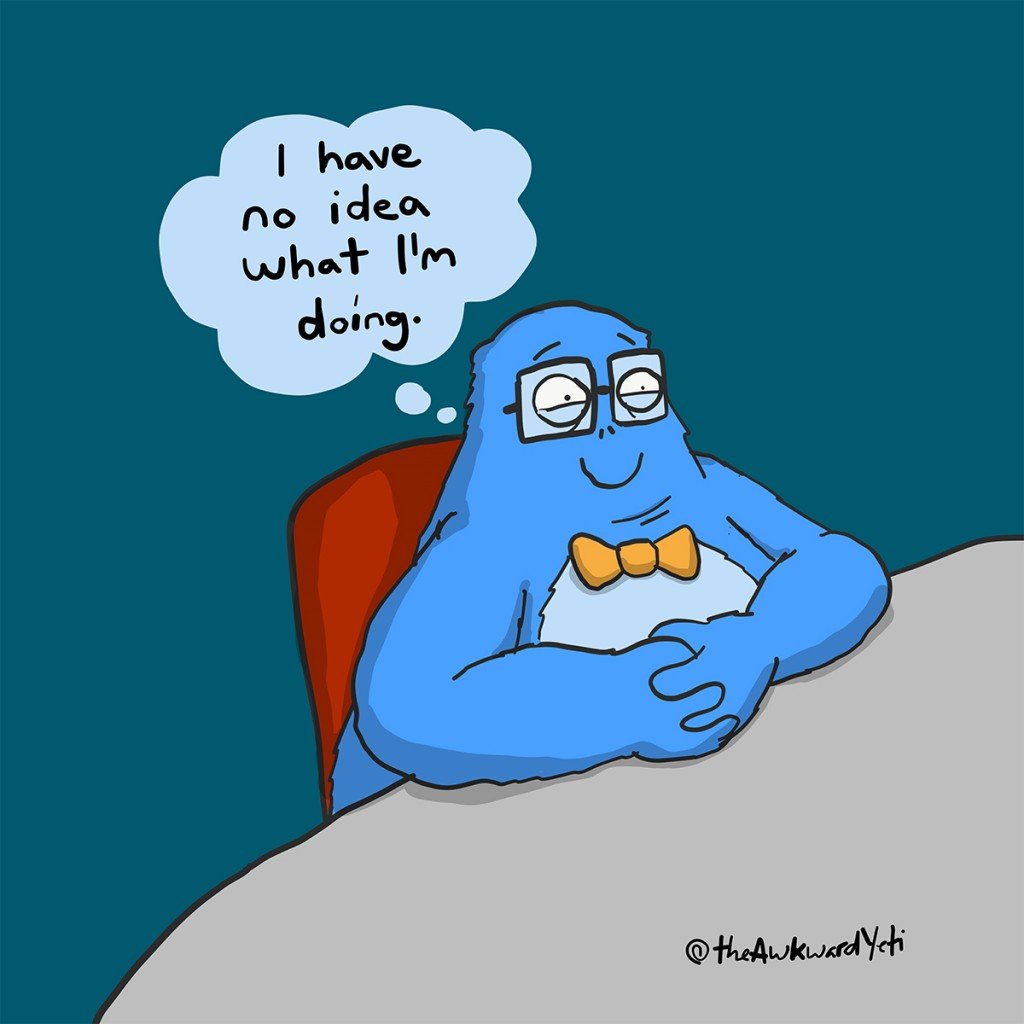Who is Nick Seluk?
Seluk is an American cartoonist or known as the Awkward Yeti. He graduated with a degree in psychology, while only taking one art class in college. He worked in several jobs, such as an art director when he realised that his passion lied in cartooning. He quit his job and return to his childhood dream job.
What does Nick Seluk do?
Seluk is famously known for his comics that personifies the human organs, as well as the character, the Awkward Yeti.
He creates children’s books, comics, games and animations.
He first started his comics with the character, Lars.
Lars is an awkward blue yeti that found it hard to fit in with the rest and is an introvert. The inspiration for the character Lars, was actually Seluk himself and meant to represent him who always had to battle with his anxiety and introversion.
Seluk then introduced the Brain into the Lars comics to dive a little deeper into the bad decisions and anxiety that plagued Lars. To act as a balance, he added the Heart where Brain represented logic and introversion while Heart represented emotions and extroversion.
With the popularity of Heart and Brain, he expanded it even further by introducing more human organs into the mix. Seluk designed unique personalities for each organ. One of the most popular characters is the Gallbladder, known for being the sad, underappreciated small baby.
Why does he inspire me?
I first came to know of Seluk’s works through his card game, OrganAttack. I’m a huge fan of card and board games and OrganAttack was easily one of my favourites. I became curious about his other works and thus stumbled onto his comics.
One key takeaway from Seluk’s works is his relatability. He knew how to capture his audience by creating content that the general public could easily understand and relate to, evident from his huge following of 2 million followers on Facebook, and 1.8 million on Instagram. His Heart and Brain series was also a New York Times Bestsellers.
The content of his comics deals with complex physiological processes, where his degree in psychology probably aided him in conceptualization. Even though the content could be difficult for people to comprehend, he “dumbed” it down to make it easily understandable and comprehensible to his audience. This is important because you don’t want to be an artist that displays works that are “if you get it then you get it”.
Also, his comics have helped many people through dark times and I aspire to do the same or hopefully make the world a better place.








































































